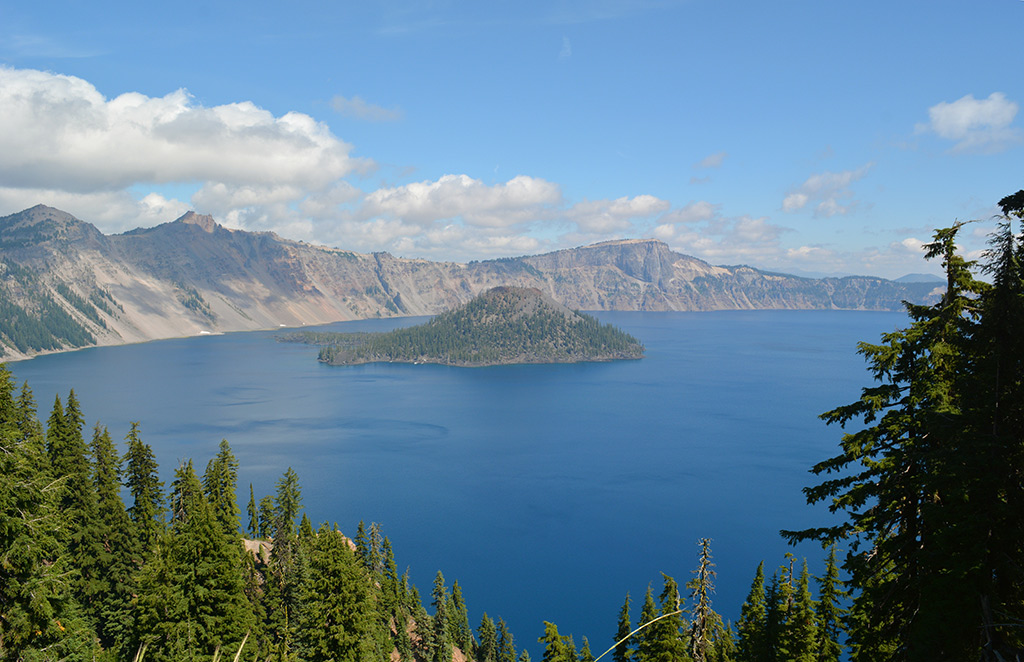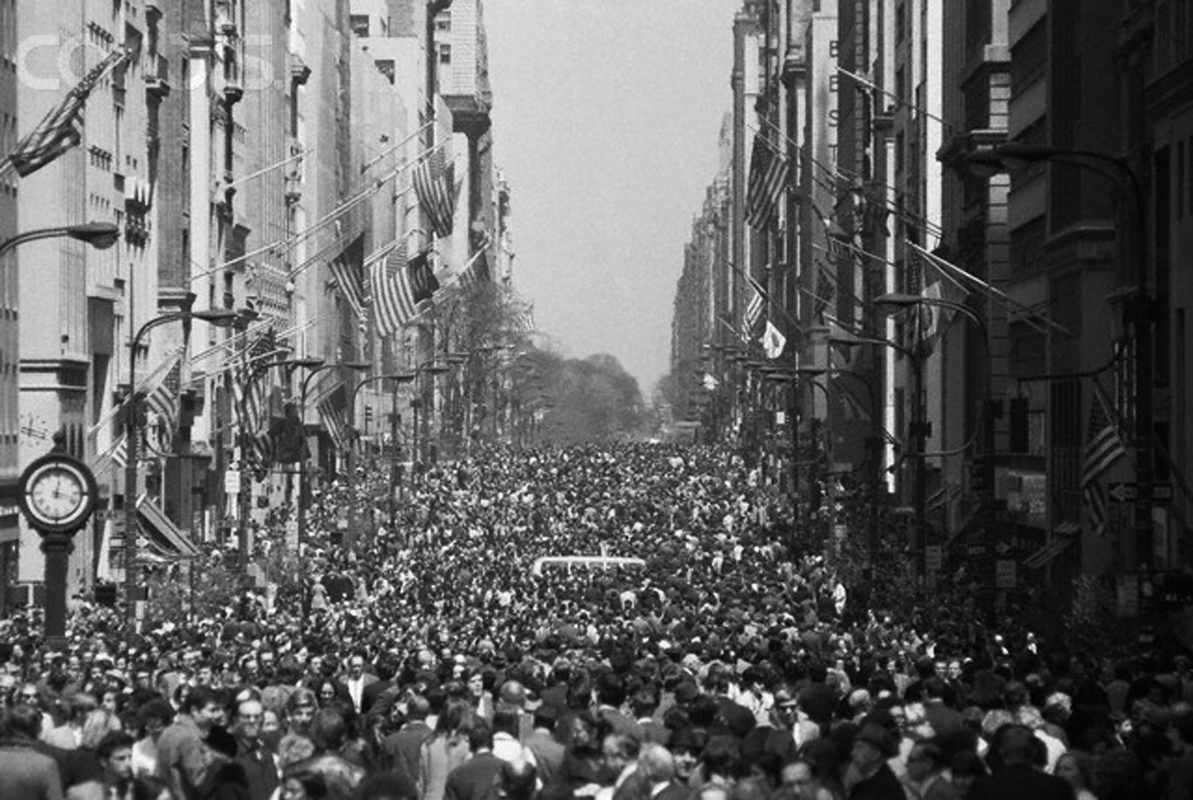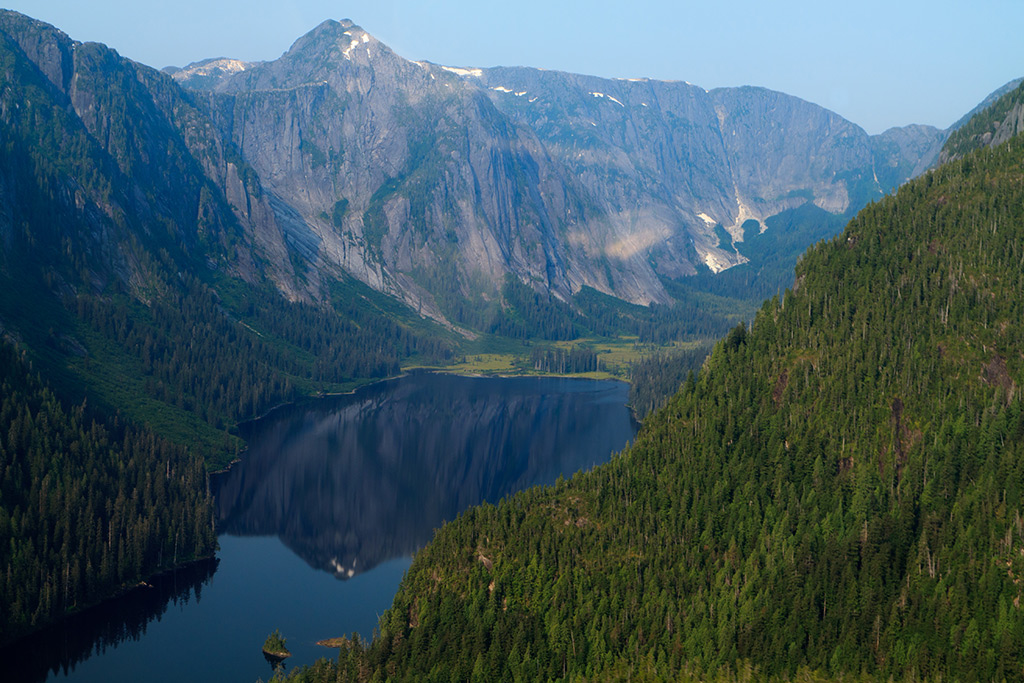By Lindsay Seventko, Communications Intern
In honor of Presidents’ Day next week, let’s take a look back at some of our nation’s leaders who pioneered and prioritized the conservation of America’s forests. The United States has been fortunate to have many presidents who recognized the value of America’s wildspaces, but here are five of those who most advocated for our nation’s forests.
1. Abraham Lincoln (1861-1865)
Abraham Lincoln is often remembered as being one of the most iconic presidents to grace the White House, thanks to abolishing slavery and reuniting the North and South. But, many people are unaware of the benefits that Lincoln’s presidency brought to forest conservation in the United States. During his term, Lincoln established California’s Yosemite Valley, including the giant Mariposa Grove sequoias as a public trust. This landmark policy was the seminal time that land was put aside strictly for public enjoyment, laying the beginning groundwork for the later development of the national park system. Lincoln also established the United States Department of Agriculture and the National Academy of Sciences, which would both become important players in forest conservation over the decades.

2. Theodore Roosevelt (1901-1909)
In the midst of a period of American history characterized by heavy commercial logging and mining, along with rapid urbanization, Teddy Roosevelt sowed the seeds of the value of nature and of protected wildlands, as he fiercely advocated for the protection of America’s wild forests. During his terms, he preserved 150 million acres of forest as public land, created 50 wildlife refuges and five national parks and oversaw the creation of the U.S. Forest Service.

3. Franklin Delano Roosevelt (1933-1945)
Through the creation of the Civilian Conservation Corps, FDR created millions of jobs related to forest conservation including planting trees, improving parks, cutting and maintaining trails, reducing soil erosion, opening summer camps and constructing fire roads and towers. During his term, he also oversaw the establishment of the Federal Aid in Wildlife Restoration Act, which gives a portion of tax revenue on firearms and ammunition sales back to individual states to fund wildlife habitat protection and restoration.

4. Richard Nixon (1969-1974)
Richard Nixon has a very muddled legacy, yet thanks to societal pressures during his term he managed to improve forest conservation and the entire environmental movement quite substantially. On Earth Day 1970, nearly 20 million people celebrating in the streets brought environmentalism to the forefront of urgent issues needing to be addressed. Thus coerced into action, Nixon oversaw the establishment of the Environmental Protection Agency, the Clean Air Act, the Endangered Species Act and several other conservation-focused acts. The impact of these agencies and policies have profoundly guided and expanded conservation efforts in the U.S. and certainly give Nixon a great environmental legacy.

5. Jimmy Carter (1977-1981)
Jimmy Carter’s claim to conservation fame is much more than his famous installation of solar panels on the White House roof. He also oversaw the passing of the Soil and Water Conservation Act and the Endangered American Wilderness Act, which protected more than a million acres of wildlands. Ensuring that the massive exploitation of the lower 48’s forests during the past century would not also happen in Alaska’s Last Frontier, Carter oversaw the creation of the Alaskan National Interest Lands Conservation Act, which preserved more than 100 million acres of Alaska’s forests, rivers and wilderness.
